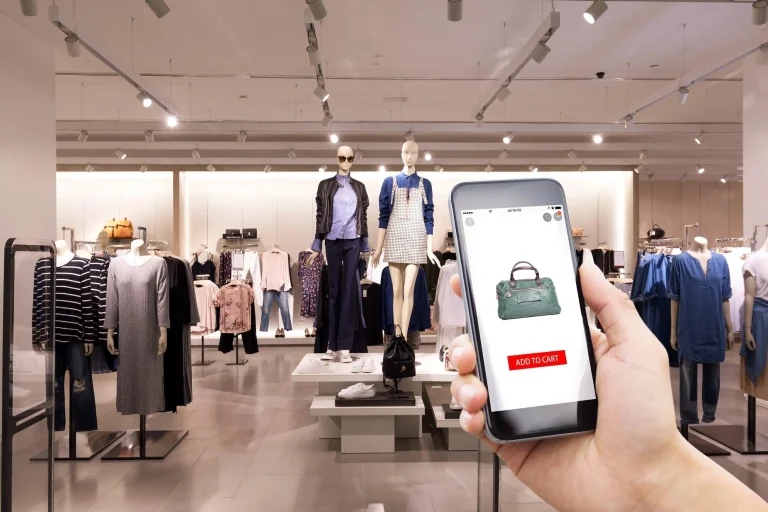
Videoconferencing, unlike other Internet services, does not rely on standard protocols (languages). Everyone goes to their little sauce, and that’s why I told you above that the systems were not compatible with each other. (Unlike other technologies such as email that rely on standards: no matter what software you use you can communicate with someone else who uses mail software different from yours) .
On the other hand, very often video and audio streams are coded with standard standards. For example, video and sound are very often encoded/decoded in MPEG, but again, sometimes some develop their codec
Video conferencing equipment

Equipment
Here is the equipment that must be used to set up a video conference: (this is the material for each stakeholder or group of stakeholders)
- A screen: to see the other speakers,
- An audio system: to hear other speakers,
- A camera or webcam: to be able to film the speakers,
- A microphone: to record the conversation of the speakers.
- And finally, a system capable of managing everything and making everything communicate.
There are 2 possibilities:
-
- All this material is connected to a computer,
- Either this equipment is independent; everything is connected to a videoconferencing system.
- Here is the role of this videoconferencing software
- The first role is to connect the various stakeholders. (we will have to communicate them)
- Another role is to send video and sound to others.
- It is also to receive the image and the sound of others and to display them and make them heard.
Some software like skype has much more advanced options, such as:
Display the person speaking on the screen (and hide the others).
Tile the different speakers,
Allow a live written dialogue between people (without all stakeholders can see it)
Share your screen,
Take your hand at a distance,
View documents,
Allow editing documents remotely,
The different stages of a videoconference
- First, a reminder of what is done in the “real” life, to make a meeting:
- We must find a date available for everyone,
- You have to book a meeting room,
- Participants must be notified of the location, date and time of the meeting.
- Then the day of the meeting, the different participants will go to the meeting room.
- To connect the different speakers of the meeting, you have to put them in the same room. Attention, here I do not speak of physical room, but of a virtual meeting room, on which each of the speakers will come to connect. (some talk chat room).
- To be able to have a room, you have to ask the concierge. Again, often, this janitor is not physical. This is a virtual concierge but has kept the word concierge.
- Once the meeting manager has booked a room, he will send the connection settings to the various speakers:
- Number of the virtual room,
- Code or password of the room,
- Time and date of start of the connection.
- At the indicated time, the various speakers will connect to this room and be put in relation.







